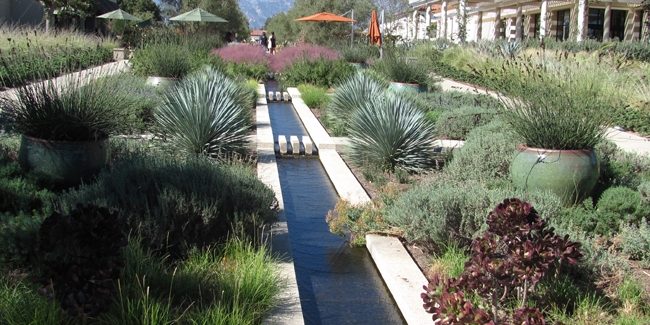Sustainable landscaping approaches are becoming more and more significant. Water-wise measures have become an important tool for homeowners who want to preserve beautiful outdoor settings while minimizing their environmental impact. At Pristine Connections, we recognize the value of water-conserving landscaping in building durable, environmentally responsible landscapes. We’ll explore water-wise methods in this article and see how they might change your outdoor area.
Table Of Content
Understanding Water-Wise Landscaping
Defining Water-Wise Landscaping
Water-wise landscaping, also known as xeriscaping, focuses on creating landscapes that thrive with minimal water input. By selecting drought-tolerant plants and implementing water-saving strategies, homeowners can reduce water consumption while still enjoying a vibrant and healthy landscape.
Benefits of Water-Wise Landscaping
The benefits of water-wise landscaping tips and benefits are numerous. Not only does it conserve water and lower utility bills, but it also requires less maintenance and promotes biodiversity. Additionally, water-wise landscapes are more resilient to drought and extreme weather conditions, ensuring long-term sustainability.
Principles of Water-Wise Design
Effective water-wise landscaping relies on several key principles, including proper plant selection, efficient irrigation, soil improvement, and mulching. By incorporating these principles into your landscape design, you can create a beautiful and sustainable outdoor space.
Planning Your Water-Wise Landscape
Before embarking on a water-wise landscaping project, it’s essential to assess your property and identify areas where water conservation can be improved. Consider factors such as sun exposure, soil type, and local climate when planning your landscape design.
Implementing Water-Wise Techniques
Drought-Tolerant Plant Selection
One of the cornerstones of water-wise landscaping is choosing drought-tolerant plants. Look for species that are native to your region and can thrive in low-water conditions. Incorporating a variety of drought-tolerant plants adds visual interest and diversity to your landscape.
Efficient Irrigation Systems
Efficient irrigation is critical for water-wise landscaping. Consider installing drip irrigation or micro-sprinkler systems that deliver water directly to plant roots, minimizing waste and evaporation. Smart irrigation controllers can also adjust watering schedules based on weather conditions, further optimizing water use.
Soil Improvement and Mulching
Improving soil health is essential for water-wise landscaping. Amend soil with organic matter such as compost to improve water retention and drainage. Mulching garden beds helps retain moisture, suppress weeds, and regulate soil temperature.
Final Wording
Incorporating water-wise techniques into your landscape design can lead to a more sustainable and beautiful outdoor space. By embracing principles such as drought-tolerant plant selection, efficient irrigation, and soil improvement, you can create a landscape that thrives with minimal water input. At Pristine Connections, we’re here to help you achieve your landscaping goals while promoting water conservation and environmental stewardship. With our expertise and your commitment to sustainability, together we can create landscapes that are both stunning and eco-friendly.
FAQ’s
Research the specific water requirements of each plant species you intend to incorporate into your landscape. Factors such as climate, soil type, and sun exposure will influence their water needs.
While basic gardening tools like shovels, rakes, and pruners are essential, you may also need drip irrigation systems, soaker hoses, mulch, and moisture meters to effectively implement water-wise landscaping techniques.
Yes, water-wise landscaping can help minimize erosion and soil runoff by improving soil structure and increasing water infiltration. Techniques such as mulching, planting ground cover, and installing retaining walls can further mitigate erosion.
One common misconception is that water-wise landscaping requires sacrificing aesthetic appeal. In reality, many drought-tolerant plants are visually stunning and can enhance the beauty of your landscape while conserving water.







